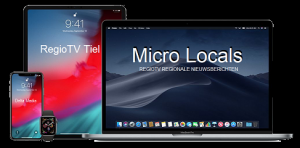How to Boot a Linux Live USB Stick on Your Mac
Linux has long been synonymous with bootable flash drives, whether it’s to fix some sort of problem with your primary OS, or for trialling and installing distros like Elementary or Ubuntu. There are a few ways to get a create live USB sticks that will boot on your Mac. You can go the freeware route for an easy option, or… read more »



